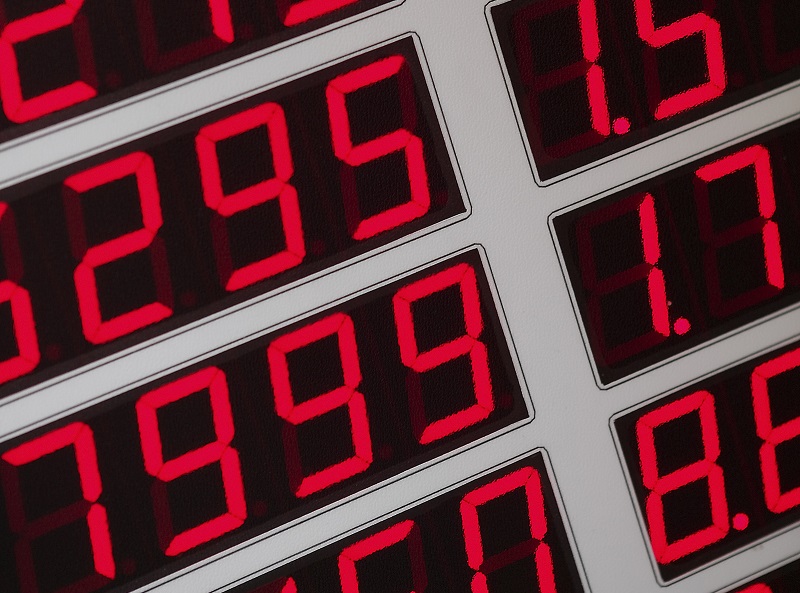Metric system

|
Contents |
[edit] Introduction
The metric system is a decimalised measurement system used widely throughout the world for weights and measures in everyday life, trade, science and industry. It can be used for example to express the weight of vegetables, the speed of a train, the height of a child, the intensity of light, the volume of water and so on.
One of the benefits of the metric system is its relative ease of understanding and application. Being a decimalised system, it is based on the power of 10 and parts of ten. So, there are 10 millimetres (mm) in a centimetre (cm); 100 centimetres in a metre (m) and 1,000 metres in a kilometre (km).
This can be contrasted with the relative complexity of the Imperial system which was based on irregular bases, eg 12 pence in a shilling, 20 shillings in a pound (240 pence); 12 inches in a foot (ft), three feet in a yard (yd) and 1,760 yards (yds) in a mile.
The imperial system also involved fractions that were more problematic when adding up, eg 1ft 3 3/4in plus 4ft 3 5/8in equals 5ft 7 3/8in. The metric equivalent of this addition is 396mm + 1310mm = 1706mm or 1.706m.
[edit] International System of Units
The term ‘metric system’ has been superseded by the ‘International System of Units (SI)’ and the units that are used for measuring, such as kilograms and metres, are called SI Units.
There are seven SI base units that form the foundation of the metric system:
| Quantity measured | Unit | Symbol |
| Length | metre | m |
| Mass | kilogram | kg |
| Time | second | s |
| Electrical current | ampere | A |
| Thermodynamic temperature | kelvin | K |
| Amount of substance | mole | mol |
| Luminous intensity | candela | cd |
From the seven SI base units in the table above, other quantities can be derived (derived quantities) by using quantity equations to cover other measurement requirements:
[edit] Derived units
| Entity | SI derived unit | Symbol |
| Area | square metres | m2 |
| Volume | cubic metres | m3 |
| Speed, velocity | metres per second | m/s |
| Mass density | kilogram per cubic metre | kg/m3 |
| Specific volume | cubic metre per kilogram | m3/kg |
| Luminance | candela per square metre | cd/m2 |
| Current density | ampere per metre | A/m |
| Dynamic temperature | degree Celsius | °C |
Some SI derived units have been given special names and symbols such as watt (W) to represent power and radiant flux; joule (J) to represent energy, work and quantity of heat, and newton (N) to represent force.
Traditionally, metric conversion charts and tables would have been used to convert between different units in the metric system. For example, a table for length and area measurements may show the formulae for how to convert from square kilometres to square metres, or from square metres to square millimetres. Similarly, conversion tables or formulae might be used to convert from imperial units to metric units. More recently, the advent of the internet has ushered in a host of on-line calculators that allow instant and highly accurate conversions once the value to be converted is inputted.
[edit] Related articles on Designing Buildings
Featured articles and news
The UK's Modern Industrial Strategy: A 10 year plan
Previous consultation criticism, current key elements and general support with some persisting reservations.
Building Safety Regulator reforms
New roles, new staff and a new fast track service pave the way for a single construction regulator.
Architectural Technologist CPDs and Communications
CIAT CPD… and how you can do it!
Cooling centres and cool spaces
Managing extreme heat in cities by directing the public to places for heat stress relief and water sources.
Winter gardens: A brief history and warm variations
Extending the season with glass in different forms and terms.
Restoring Great Yarmouth's Winter Gardens
Transforming one of the least sustainable constructions imaginable.
Construction Skills Mission Board launch sector drive
Newly formed government and industry collaboration set strategy for recruiting an additional 100,000 construction workers a year.
New Architects Code comes into effect in September 2025
ARB Architects Code of Conduct and Practice available with ongoing consultation regarding guidance.
Welsh Skills Body (Medr) launches ambitious plan
The new skills body brings together funding and regulation of tertiary education and research for the devolved nation.
Paul Gandy FCIOB announced as next CIOB President
Former Tilbury Douglas CEO takes helm.
UK Infrastructure: A 10 Year Strategy. In brief with reactions
With the National Infrastructure and Service Transformation Authority (NISTA).
Ebenezer Howard: inventor of the garden city. Book review.
The Grenfell Tower fire, eight years on
A time to pause and reflect as Dubai tower block fire reported just before anniversary.
Airtightness Topic Guide BSRIA TG 27/2025
Explaining the basics of airtightness, what it is, why it's important, when it's required and how it's carried out.
Construction contract awards hit lowest point of 2025
Plummeting for second consecutive month, intensifying concerns for housing and infrastructure goals.
Understanding Mental Health in the Built Environment 2025
Examining the state of mental health in construction, shedding light on levels of stress, anxiety and depression.





















